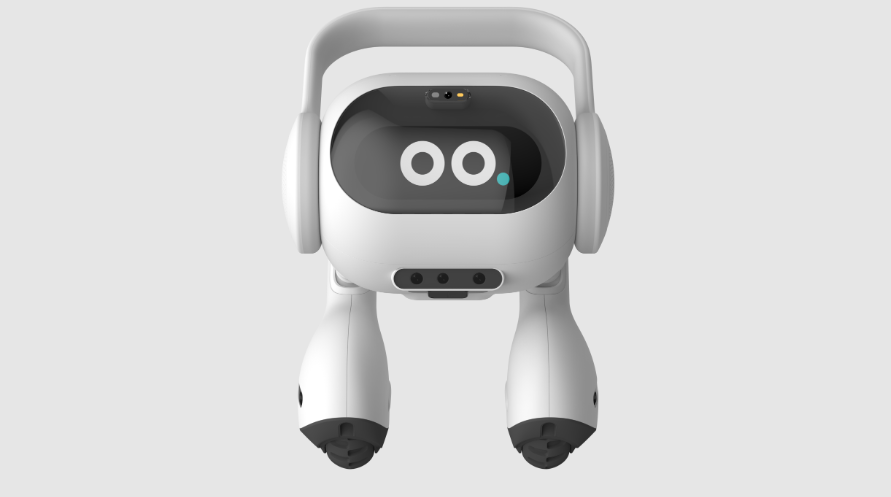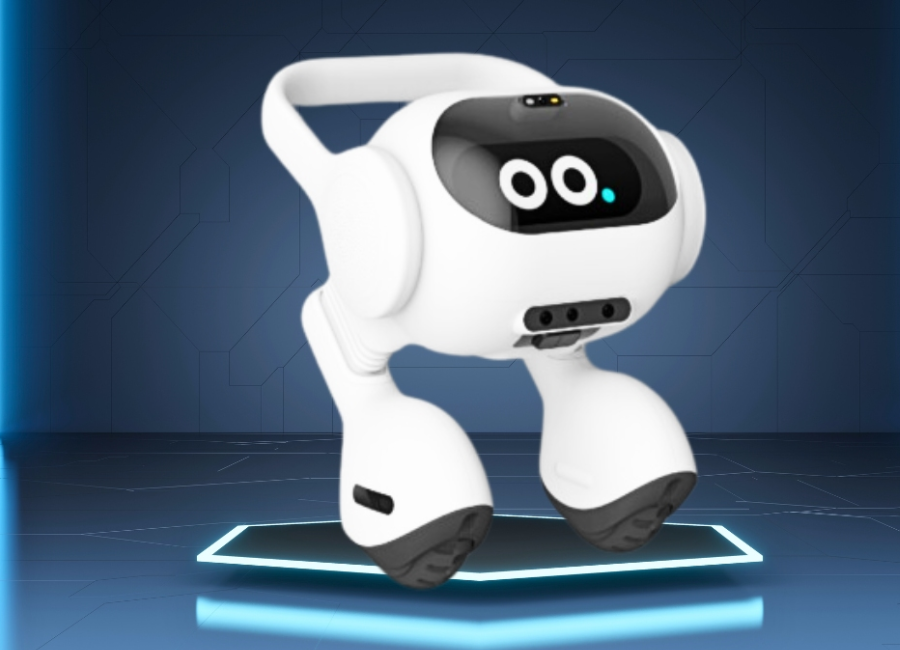LG is set to introduce a novel AI assistant that departs from the usual stationary device concept, manifesting as a wheeled robot capable of navigating users’ homes. Although it was unveiled on December 27, the official debut is scheduled for the Consumer Electronics Show (CES) in Las Vegas next month. Referred to as “LG’s smart home AI agent,” the device resembles a compact Segway adorned with headphones, maintaining balance on two motorized wheels while autonomously traversing various surfaces such as floors and carpets. Equipped with optical and depth-sensing cameras and powered by Qualcomm’s Robotics RB5 Platform, the robot can identify human faces, pets, and household objects, providing a comprehensive understanding of its environment.
In addition to its mobility, the AI agent is designed to monitor environmental parameters using onboard sensors, including temperature, humidity, and indoor air quality. In case of deviations from desired levels, the robot can wirelessly adjust connected appliances like air conditioners, furnaces, or humidifiers. Users have the option to program the robot to patrol their homes in their absence, during which it monitors pets, detects potential break-ins, and identifies open windows or lights left on. Upon detecting such issues, the device sends notifications to users’ smartphones and can autonomously connect to smart wall outlets to turn off lights accidentally left on.
Upon the user’s return home, the robot greets them at the door and utilizes voice and facial analysis to discern emotions, selecting music or content to match the user’s mood. Beyond its practical applications, the device functions as a conversational AI similar to Alexa. With voice recognition, natural language processing, a synthetic voice module, and a speaker, it can engage users in conversations about news, weather reports, and daily schedules.

While the announcement has generated interest, specific details about the availability and pricing of LG’s smart home AI agent are yet to be disclosed. The unique combination of mobility, environmental monitoring, security features, and conversational AI capabilities suggests that LG’s robot could represent a novel approach to integrating AI into households, offering a versatile and interactive assistant to users. The device’s ability to move freely through the home, analyze environmental conditions, and perform various tasks reflects an innovative step in the evolution of AI assistants, expanding their utility beyond conventional stationary devices.









